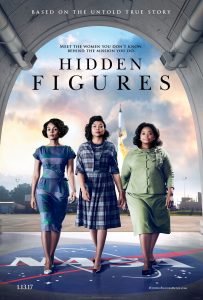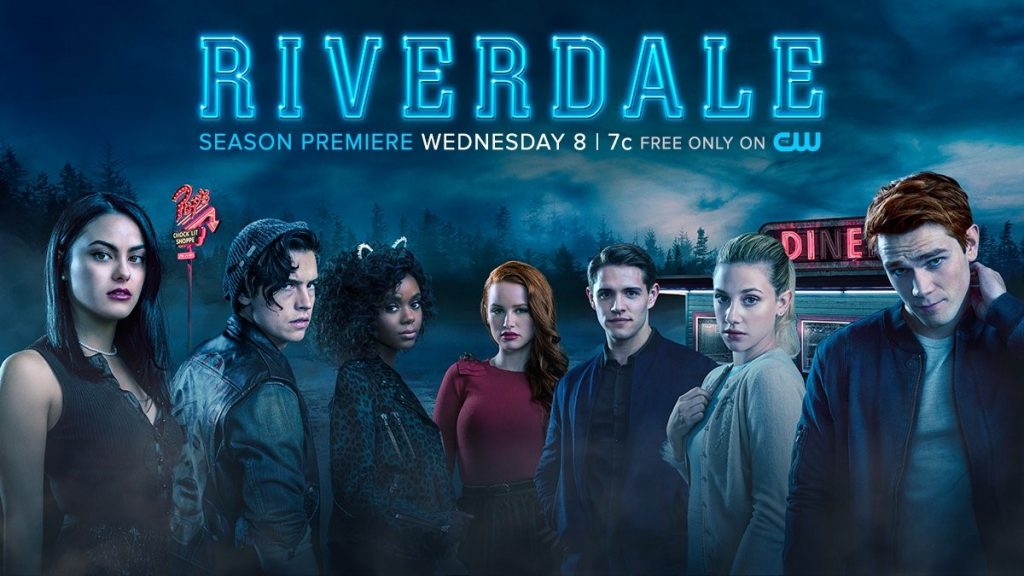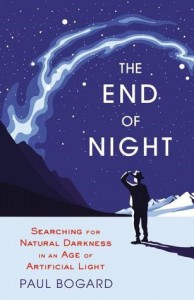
As many of you might know, Hidden Figures (2016) is a biopic directed by Theodore Melfi based on Margot Lee Shetterly’s popular history book and New York Times Bestseller, Hidden Figures: The American Dream and the Untold Story of the Black Women Mathematicians Who Helped Win the Space Race (2016). The film about the NASA’s black female computing group at Langley’s Research Center during the Space Race was nominated for three Oscars and has reaped high praise from movie critics the world over. I was among the droves of people who rushed to the theater to see the movie when I read that Hidden Figures is an inspirational film that makes little known achievements of intelligent, determined women visible. I also appreciated the fact that this ‘feel good’ Christmas film might encourage girls to seek Science, Technology, Engineering, and Math (STEM) careers. The plot also avoided all too familiar themes in black films, such as brutal beatings and rape of black women, which were taken to an extreme in Precious and 12 Year’s a Slave. It seemed like a win-win situation for all and the perfect story of triumph in dark times. And to be honest, that is exactly how I experienced the film. Well, at first. Then I read the book.











